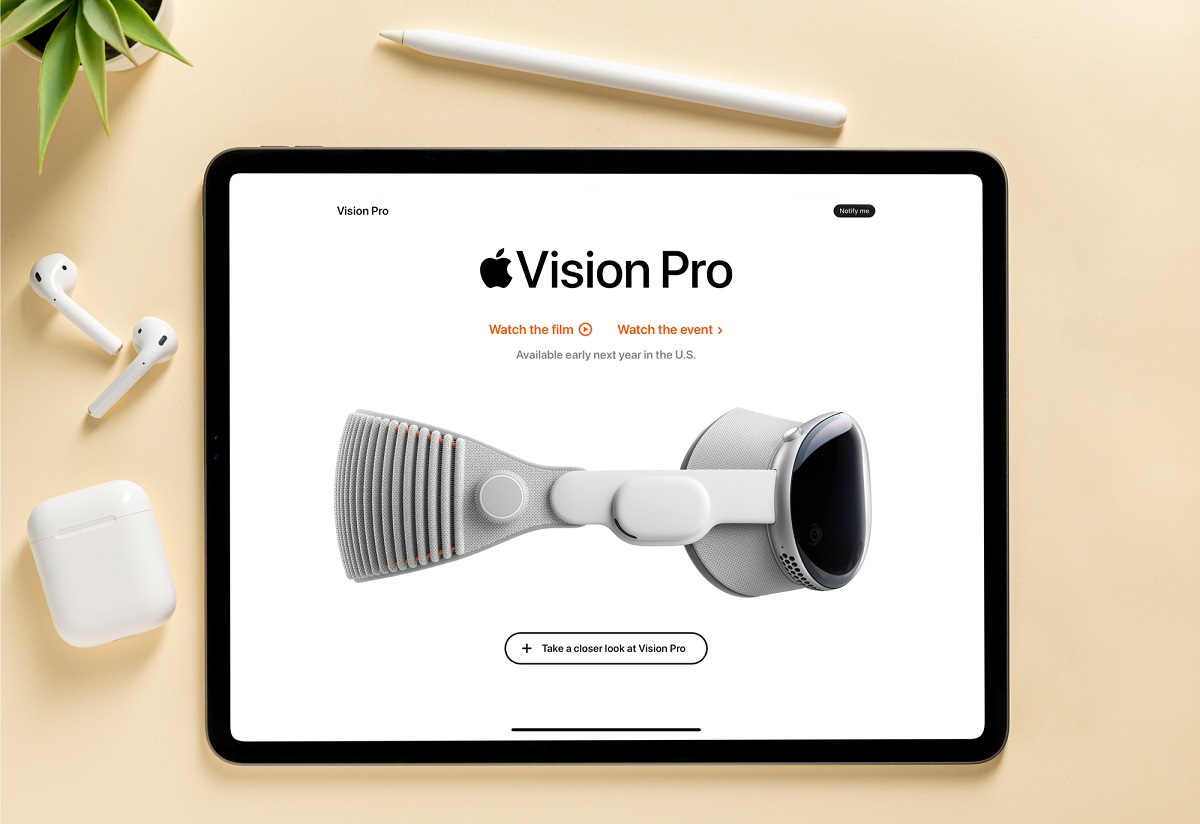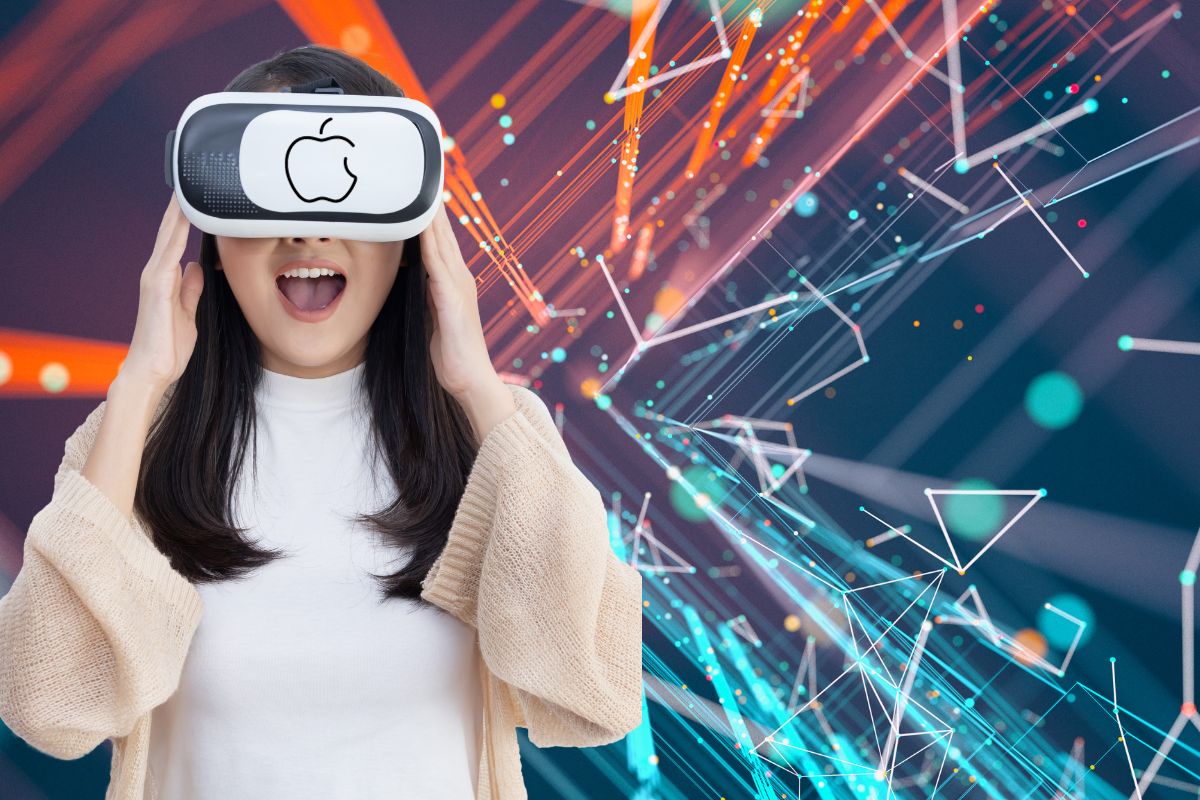The gadget is also facing some notable challenges when it comes to using prescription lenses.
Apple has been focusing on overcoming two primary challenges when it comes to its augmented and virtual reality headset, the Vision Pro.
According to reports, the device weight is too high, and the gadget doesn’t work well with prescription glasses.
As a result, Apple has been focusing its attention on overcoming these augmented and virtual reality headset challenges. People who have had the opportunity to test out the gadget have been among those who have mentioned that the device weight is too high, and that it appears to be incompatible with certain prescription glasses types.

Apple is reportedly aiming for a notable size reduction for the next generation of its Vision Pro device, while it is also aiming to enhance the gadget’s efficiency. In this way, it won’t need such a large external battery pack to achieve the same or improved operations. In fact, the company had previously intended to release the device with a built-in battery, but because of the extra weight that would have added to the device, it decided to use a cable connected to an external battery pack instead.
The company has focused on a number of important trade-offs to lighten the virtual reality headset.
To keep the augmented and virtual reality gadget slimmer and lighter, Apple chose to make some sacrifices with the lenses. For one thing, there just isn’t adequate space for someone to be able to wear their glasses underneath the headset. Among the methods of overcoming that issue was the option to send customized Vision Pro headsets to users, so that it would include applicable prescription lenses for the wearer. That said, this would make it impossible for someone to share or resell their device, and it would make the gadget less usable if the individual’s own prescription were to change.
Moreover, trying to offer customized lens combinations makes it highly difficult for one OEM to handle, and it would make the sale of the device particularly problematic for retail stores, which would need to either have every prescription combination in stock or would need to provide ordering and shipping options for customers who require customization. Beyond that, if prescription lenses are involved, this would require Apple to obtain a certain license as a health care provider.
On the whole, the Vision Pro augmented and virtual reality headset’s second generation continues to be quite a distance away, but it is interesting to see what barriers and challenges are being worked on in the meanwhile.

